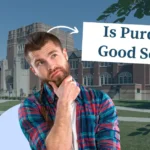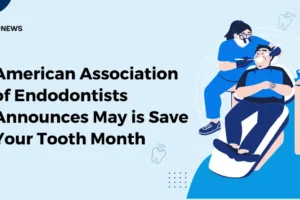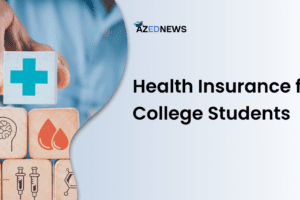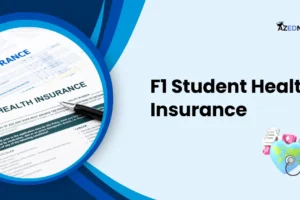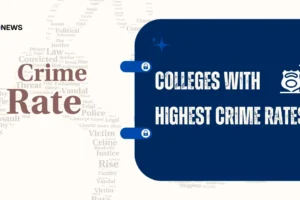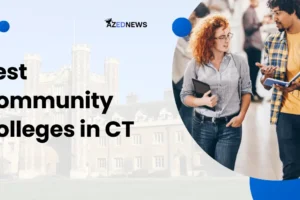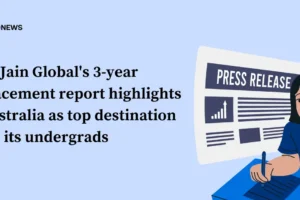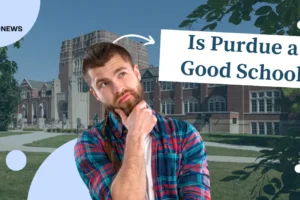May is Save Your Tooth Month, an annual celebration of tooth-saving procedures and the endodontists responsible for saving teeth. Nothing looks, feels or...
If you’re a college or university student, Health Insurance for College Students is specifically tailored to provide you with coverage during your...
Are you looking for F1 student health insurance plans? If yes then you are at the right place. Living in the United States can be expensive. It is especially...
Are you looking for Colleges With Highest Crime Rates? then you are on the right article. Going to college in the United States is a dream for many...
The best community colleges in CT provide some of the most affordable and high-quality programs to students. With an average enrollment of over 2,600 students...
Is Liberty University a good school? Liberty University is a popular Christian college in the US. Students love it for its academics, professors, diversity...
Is Baylor a good school? If you are interested to know about Baylor University then you are at the right place. Baylor University is a private Christian school...
SP Jain School of Global Management (SP Jain Global), ranked by Bloomberg Businessweek, The Economist, Wall Street Journal, Forbes and many other prestigious...
Is Purdue a good school? If you are interested to know about Purdue University then you are at the right place. Purdue University is located in West Lafayette...
Online degree programs allow students to pursue their education in various ways, offering Fastest Online Web Development Degrees. Degree seekers can reduce...





